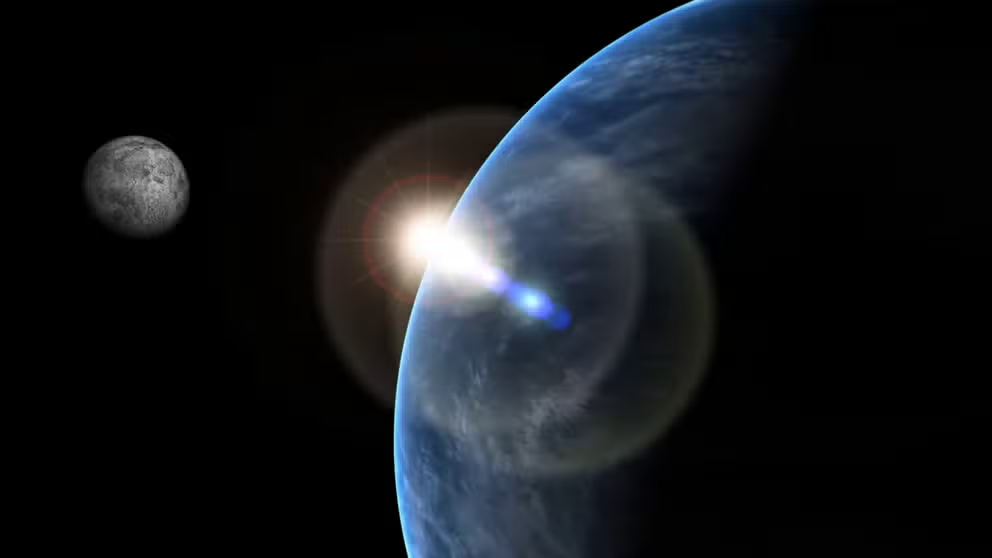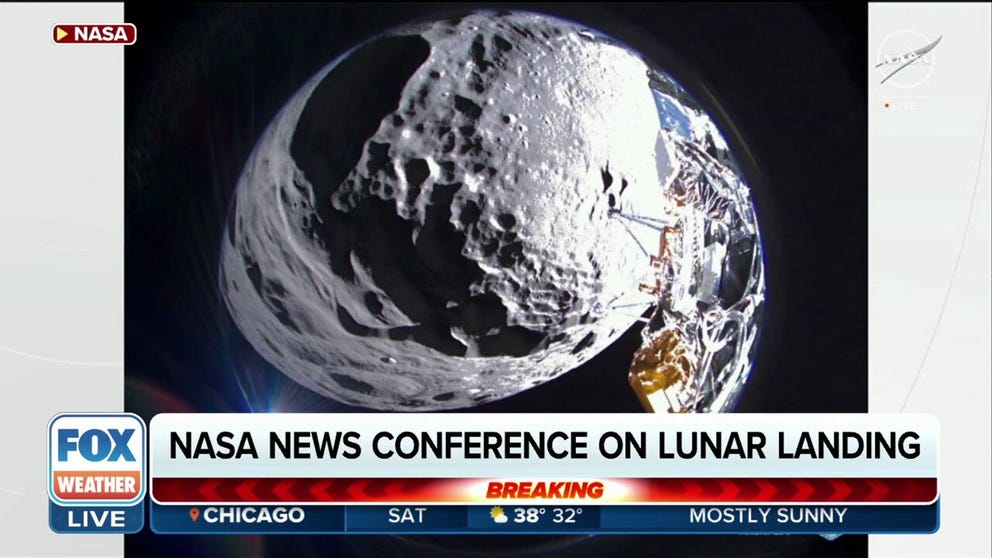China lands spacecraft on far side of the Moon
The newest endeavor comes after the Chang’e-5 mission in 2020. “Chang’e" comes from the name of a lunar goddess in Chinese mythology.
See what's new in the journey to reach the Moon
What's next for exploration of Earth's only natural satellite.
BEIJING – A Chinese spacecraft designed to collect soil samples from the far side of the Moon has successfully landed on the lunar surface, according to the country’s official state-run press agency.
The Chang’e-6 lander and ascender were launched in May on a mission to explore and return rock samples from the Moon’s South Pole Aitken Basin.
The China National Space Administration previously said the probe would last 53 days and end with the return of lunar soil back on Earth.
NASA estimated the lander is capable of collecting around four pounds of samples from as deep as seven feet due to a mechanical drill.
The spacecraft is fairly similar to the Chang’e 5 mission, which collected soil samples from the lunar surface in 2020.

Artist rendering of Chang’e-6 spacecraft
(CNSA/NASA / FOX Weather)
SEE THE OBJECTS HUMANS LEFT BEHIND ON THE MOON
"After the sampling is completed, the ascender carrying the collected lunar soil will take off from the far side of the Moon to dock with the orbit-return combination. The moon samples will be handed over to the returner. When the orbit-return combination comes near the Earth, the returning capsule will separate. In a ‘hopping’ move, the returner will re-enter the Earth’s atmosphere and land in Siziwangqi, Inner Mongolia," Wang Qiong, a designer of the Chang’e-6 mission, said in a statement.
The mission represents the latest move in a space race to explore Earth’s only natural satellite, which is about 239,000 miles away.
In February, a joint partnership between Intuitive Machines and NASA landed the Odysseus lander on the Moon’s surface.
The mission was the first time a U.S. spacecraft had successfully landed on the Moon since the Apollo 17 mission in December 1972.
As expected, mission controllers permanently lost contact with Odysseus weeks after landing due to the effects of the lunar night, which can cause temperatures to plummet to more than -200 degrees Fahrenheit.
FIRST AMERICAN MOON MISSION SINCE APOLLO ERA ENDS AFTER LUNAR LANDER DOESN’T ‘CALL HOME’
At least four other missions by the U.S., Japan and European space agencies are in the works during the second half of the year, including a secondary flight by Intuitive Machines.
NASA says IM-2 is expected to land on the Moon’s south pole during late 2024 and use onboard tools to study subsurface materials.
Humans are not expected to return to the lunar surface before 2026, when the U.S. space agency has planned for the launch of the Artemis 3 mission.
NASA, Intuitive Machines provide update on Moon lander
Officials from NASA and Intuitive Machines gave an update on the status of the Odysseus lander that touched down on the Moon on Thursday.

